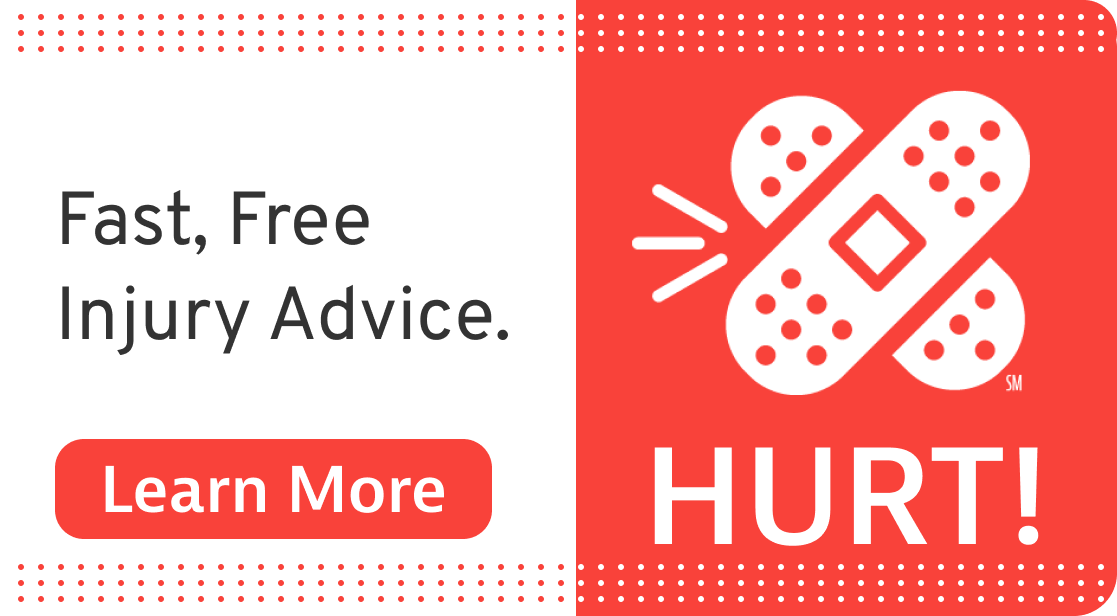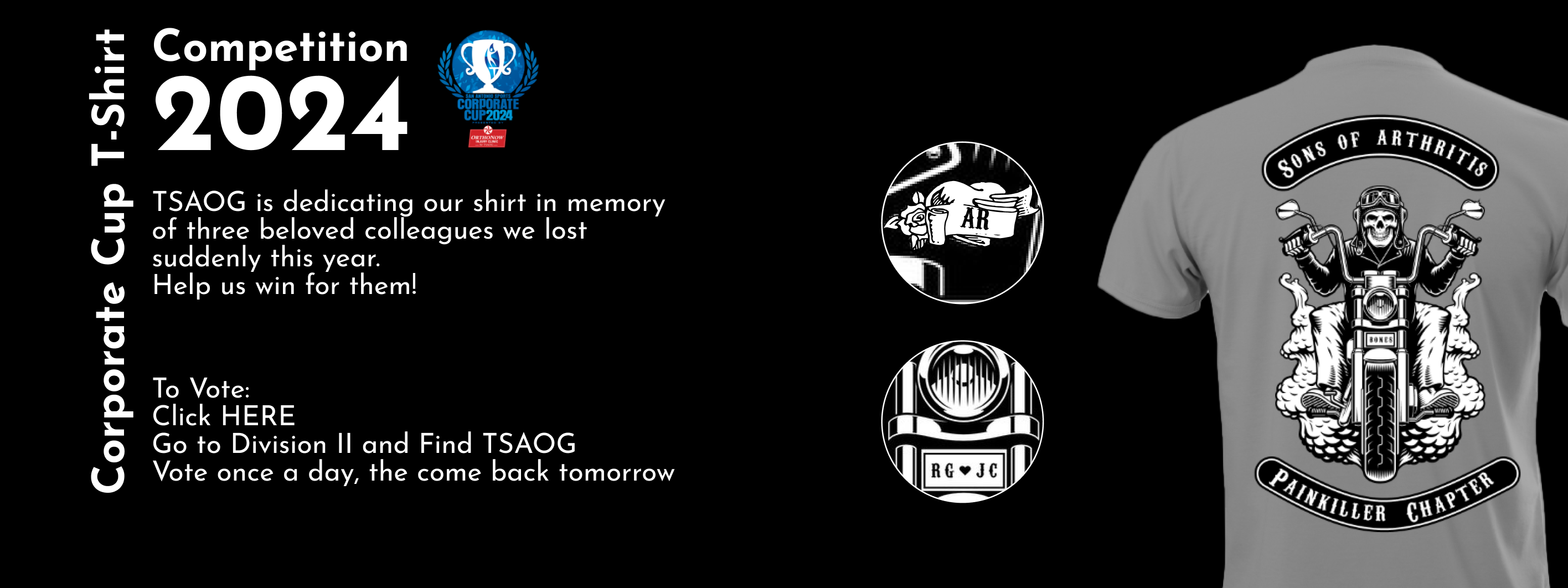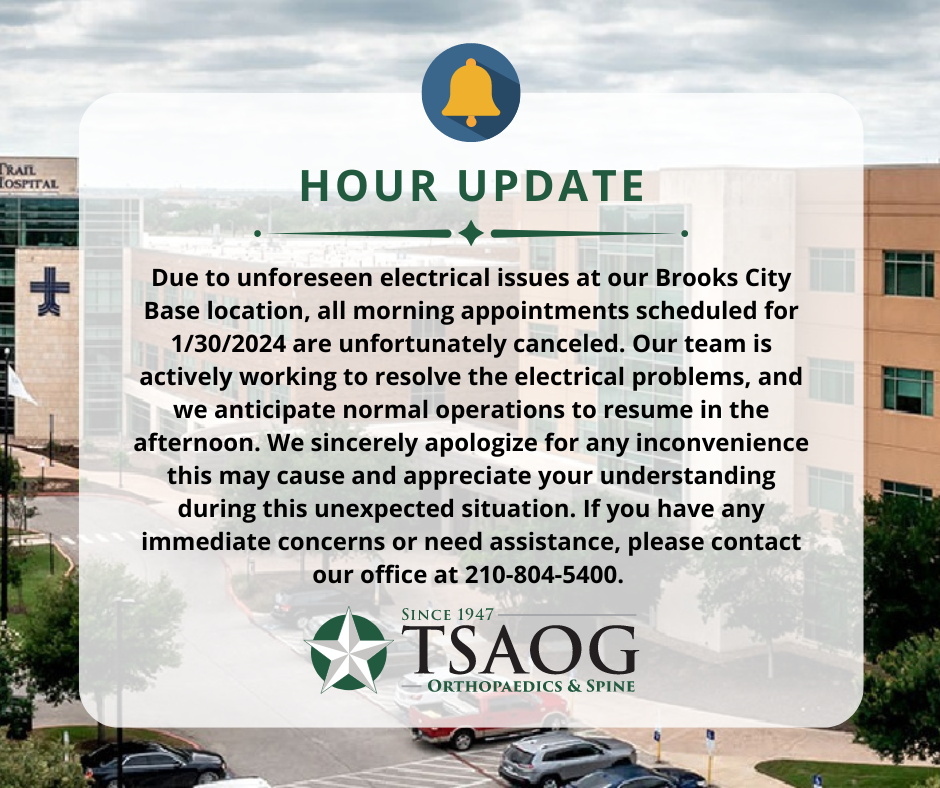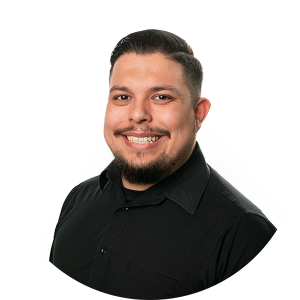The awareness, evaluation and treatment of concussions are a hot topic lately. In the sports world especially, we are hearing about it more and more. The NFL is attempting to limit the exposure of its players to violent hits and fining (or even suspending) the players that do deliver these types of hits. Pee wee football coaches are trying to teach better tackling and not to lead with the helmet to not only protect the brain but also the spine to avoid catastrophic injuries such as spinal cord injury.
However, concussions are not only present in football. In almost every sport there is a chance for head injury and thus concussions. The sport with the highest rate of concussions is actually women’s soccer.
Concussions are common with the CDC estimating 1.6 – 3.8 million occurring annually. In 90% of these, loss of consciousness does not occur. The symptoms of concussions include:
- Headache
- Difficulty concentrating
- Dizziness and problems with balance
- Fatigue
- Blurred vision
- Light sensitivity
- Memory difficulties
The cumulative effects of concussions are really dangerous and not to be taken lightly. Having repeated concussions throughout an athlete’s life can predispose them to Chronic Traumatic Brain Injury (CTBI). It is the most common effect from repeated brain injury. It can have serious vocational, persistent cognitive deficits and personal effects.
The so called “Second Impact Syndrome” (SIS) is when an athlete sustains a second concussion while still not recovered from the first. During the recovery period of a concussion, even minor trauma, such as a trivial hit to the head, can cause significant increases in intracranial pressures and devastating consequences.
The best way to manage concussions is to treat them appropriately when they do occur. A coordinated effort between the athletic trainer, physicians involved, neuropsychologist, the athlete, the athlete’s family as well as the coach should be undertaken in order to have a safe return to play and/or to exertion. A recent article in the Journal of Bone and Joint Surgery discussed the matter and made the following points:
- Acute concussion symptoms are mostly self limited with resolution within two weeks
- Athletes should rest physically and cognitively until symptoms have resolved at rest and with exertion
- Neuropsychological testing should be used as part of overall evaluation when attempting to decide when an athlete is ready to return
- A history of multiple concussions or a history of prolonged symptoms might necessitate retirement from collision/contact sports
- Additional research still needed on long term consequences of concussions
The treatment of concussions is evolving, as it should, since we still do not fully understand the complex neural pathways that are affected. Recognizing when a concussion has occurred is one of the most important steps. This can only happen if we continue to educate those involved in sports on how to recognize the signs and symptoms of concussions. A goal for the near future should be to have all young athletes involved in contact/collision sports baseline tested for concussion using objective computer programs. Baseline readings taken prior to play would then be available to compare against if an incident occurs during the season. This data would be part of the overall examination when attempting to treat and return an athlete to play. This of course requires an organized effort on all parties involved.
Dr. Christian Balldin is an orthopaedic surgeon, fellowship trained in sports medicine, with The San Antonio Orthopaedic Group. He treats patients aged 3 years and up for all orthopaedic conditions with the exception of the spine. To learn more about Dr. Balldin, visit his web page here. To schedule an appointment with Dr. Balldin, call 210.281.9595.
To link to the study that Dr. Balldin is referencing, click here.














